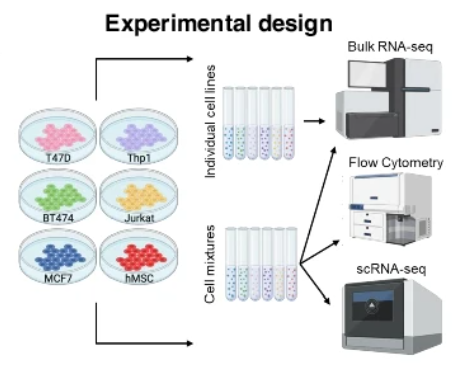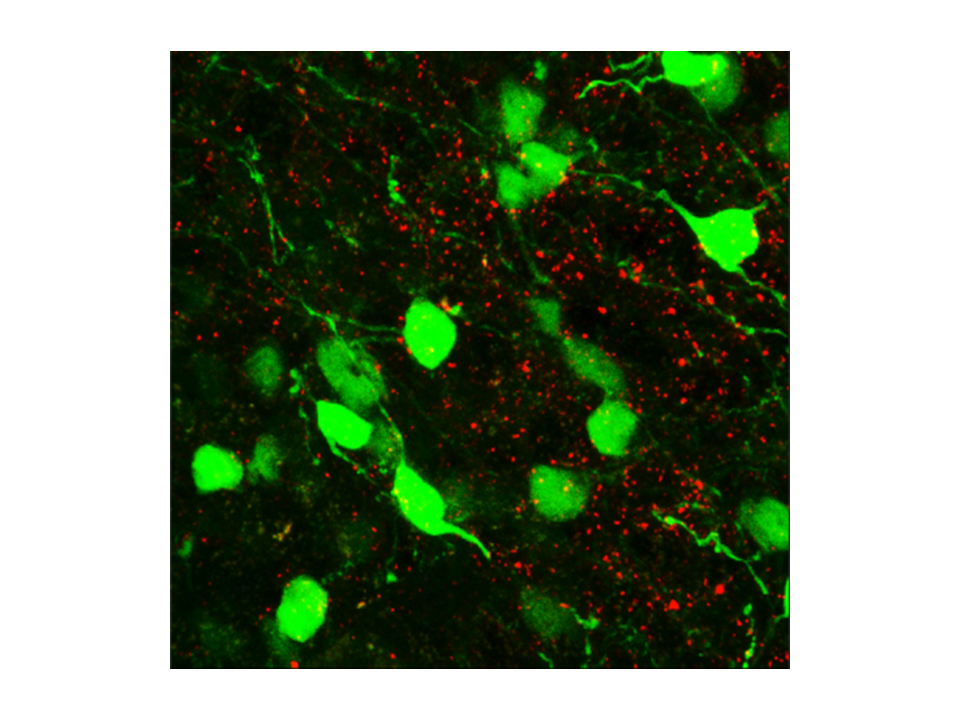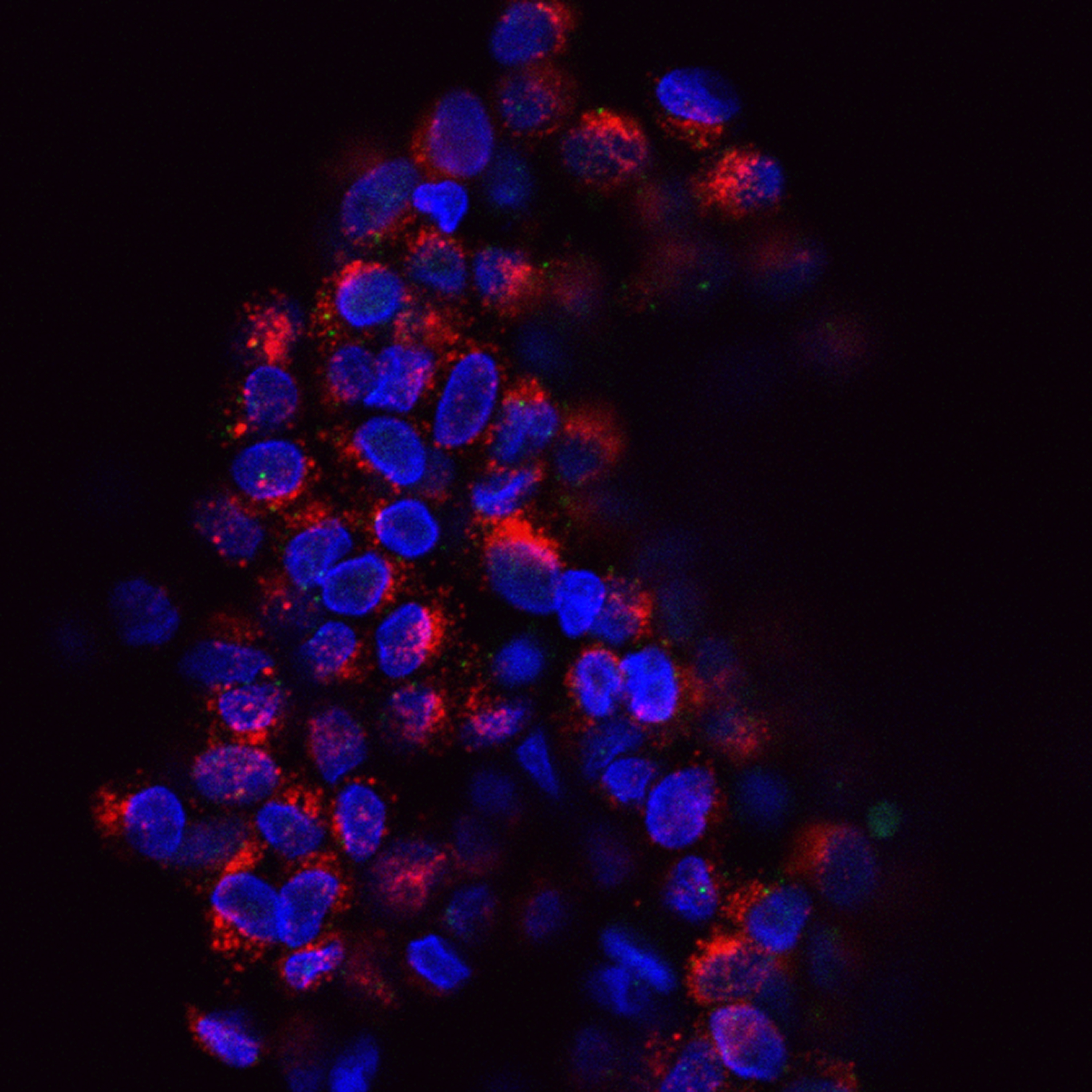SQUID increases accessibility to single-cell tumor profiling to improve treatment outcomes
To improve therapies for cancer and other diseases, researchers strive to identify tissue-specific therapeutic targets and diagnostic biomarkers in every patient. Identifying specific targets and biomarkers can be achieved by analyzing the cellular composition of tumors at the single-cell level. Although tissue profiling technologies such as single-cell RNA and single-nuclei RNA sequencing provide cell-type-specific information at unprecedented resolution, their implementation has technical and financial challenges that prevent their widespread adoption in clinical settings.
In this study published in Genome Biology, researchers at Baylor College of Medicine, Ghent University and collaborating institutions report a strategy that can potentially overcome the limitations for using scRNA-seq data widely in the clinic.

“Our goal in this study is to develop an approach that would make single-cell RNA sequencing (scRNA-seq) analyses accessible to more patients and their physicians, enabling doctors to personalize treatment decisions in efforts to improve the outcomes for their patients,” said co-corresponding author Dr. Pavel Sumazin, associate professor of pediatrics and member of the Dan L Duncan Comprehensive Cancer Center at Baylor.
How can scnRNA-seq improve treatment decisions and outcomes?
One of the challenges of cancer treatment is that tumors often become resistant to therapy. To understand how this happens, researchers analyze the tumor’s composition.

“We have known for years that not all cells in a tumor are identical. A tumor is composed of cancer cells and other cells that are not cancerous but can influence tumor growth and its response to therapies,” Sumazin said. “Cancer cells in each tumor can vary in presentation, genetics and therapeutic responses. Some cells may be sensitive while others are resistant to chemotherapy. Chemoresistant cells are often responsible for the tumor’s persistence and negative outcomes for the patients. We want to be able to identify chemoresistant cells before therapy begins, which will allow us to select therapies that target both chemosensitive and chemoresistant cancer cells.”
Often, most cancer cells in a tumor are chemosensitive and a small proportion are resistant to chemotherapy, which makes their identification difficult.
For the last 20 years, people have analyzed the RNA of tumors in bulk. This approach provides an average of the RNAs present in all those cells. “For instance, if 97% of the cells are chemosensitive and 3% chemoresistant, most of what we detect belongs to the chemosensitive cells — the cells that predominate. Consequently, the tumor’s profiling is nearly blind to its chemoresistant component and its translation into the clinic is challenging,” Sumazin said.
This situation has changed in the last 10 years.
Researchers have developed methods such as scRNA-seq, that allow them to study individual cells in a tissue sample even if their relative abundance is low; consequently, scientists can identify rare chemoresistant cells in diagnostic samples.
Furthermore, if there are chemoresistant cells in the tumor sample, scRNA-seq can reveal the difference between chemoresistant and chemosensitive cancer cells, valuable information when planning cancer treatment.
“If the patient has chemoresistant cells, then we may treat the cancer with a combination therapy that attacks both the chemosensitive and the chemoresistant cells,” Sumazin said.
This approach allows us to make personalized decisions and improve the outcomes of treatment for every patient.”
SQUID improves accessibility to scRNA-seq data
The downside of using scRNA-seq to improve therapy outcomes is that the method requires technical resources that are not available in most hospitals. In addition, it is about 20 times more expensive than RNA analysis in bulk, in the range of $5,000 per patient (2023), and therefore it is not accessible for every patient.
“Here, we wanted to improve this situation by providing a way to make single-cell RNA analyses accessible to more people,” Sumazin said. “We devised SQUID, a computational approach to predict the single-cell RNA composition of a tumor sample using only the data of the bulk analysis of the sample. SQUID can reveal if chemoresistant cells are in the tumor sample and the chemotherapy they are sensitive to.”
The researchers then compared SQUID’s performance with that of other computational methods also designed to predict single-cell RNA information from bulk data.
We found that SQUID significantly outperformed the other methods,” Sumazin said.
“Even the best methods were not able to predict cancer treatment outcomes, but SQUID anticipated treatment outcomes for both types of pediatric cancer we work with, neuroblastoma and acute myeloid leukemia. This represents a significant advance in the field because methods to predict bulk composition had not worked well before.”
Sumazin and his colleagues have increased RNA analysis accuracy that is relevant not only academically but has actual clinical implications. In a future clinical setting, a physician could order a bulk RNA analysis for a patient’s tumor sample, which costs in the order of $100, and then use SQUID to predict the single-cell RNA profile of the tumor sample using the data of the bulk analysis.
“This approach requires a relatively small extra effort and cost, and the benefits may dramatically outweigh any initial setup cost,” Sumazin said. “The long-term vision is to simplify this process further and prove its clinical utility. Moreover, we expect to be able to extend its use for other conditions beyond cancer, such as those of the heart, brain or lungs.”
Other contributors to this work include Francisco Avila Cobos, Mohammad Javad Najaf Panah, Jessica Epps, Xiaochen Long, Tsz‑Kwong Man, Hua‑Sheng Chiu, Elad Chomsky, Evgeny Kiner, Michael J. Krueger, Diego di Bernardo, Luis Voloch, Jan Molenaar, Sander R. van Hooff, Frank Westermann, Selina Jansky, Michele L. Redell and Pieter Mestdagh. The authors are affiliated with one of more of the following institutions: Baylor College of Medicine, Ghent University, Texas Children’s Hospital Cancer Center, Rice University, ImmunAi, University of Naples “Federico II,” Princess Maxima Center for Pediatric Oncology – The Netherlands and German Cancer Research Center.
The work was supported by CPRIT awards RP180674 and RP230120, European Union’s Horizon 2020 research and innovation program under grant agreement 826121, NCI awards R21CA223140 and R21CA286257, Special Research Fund postdoctoral scholarship from Ghent University (BOF21/PDO/007) and NIH shared instrument grants S10OD018033, S10OD023469, S10OD025240 and P30EY002520.



